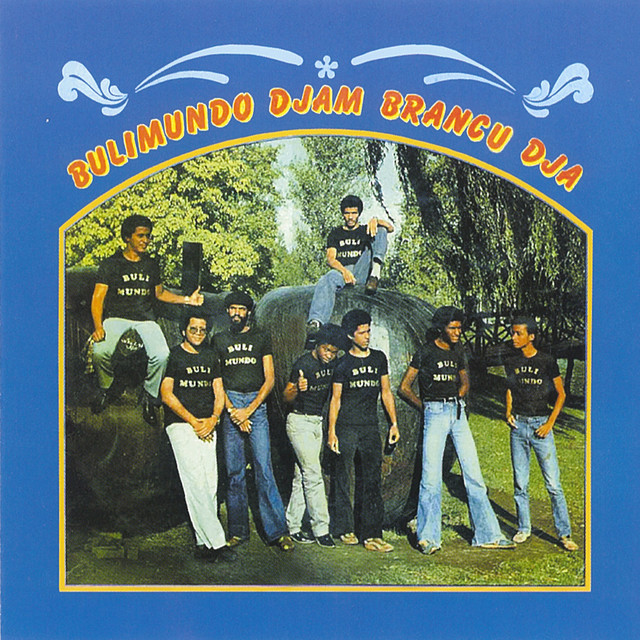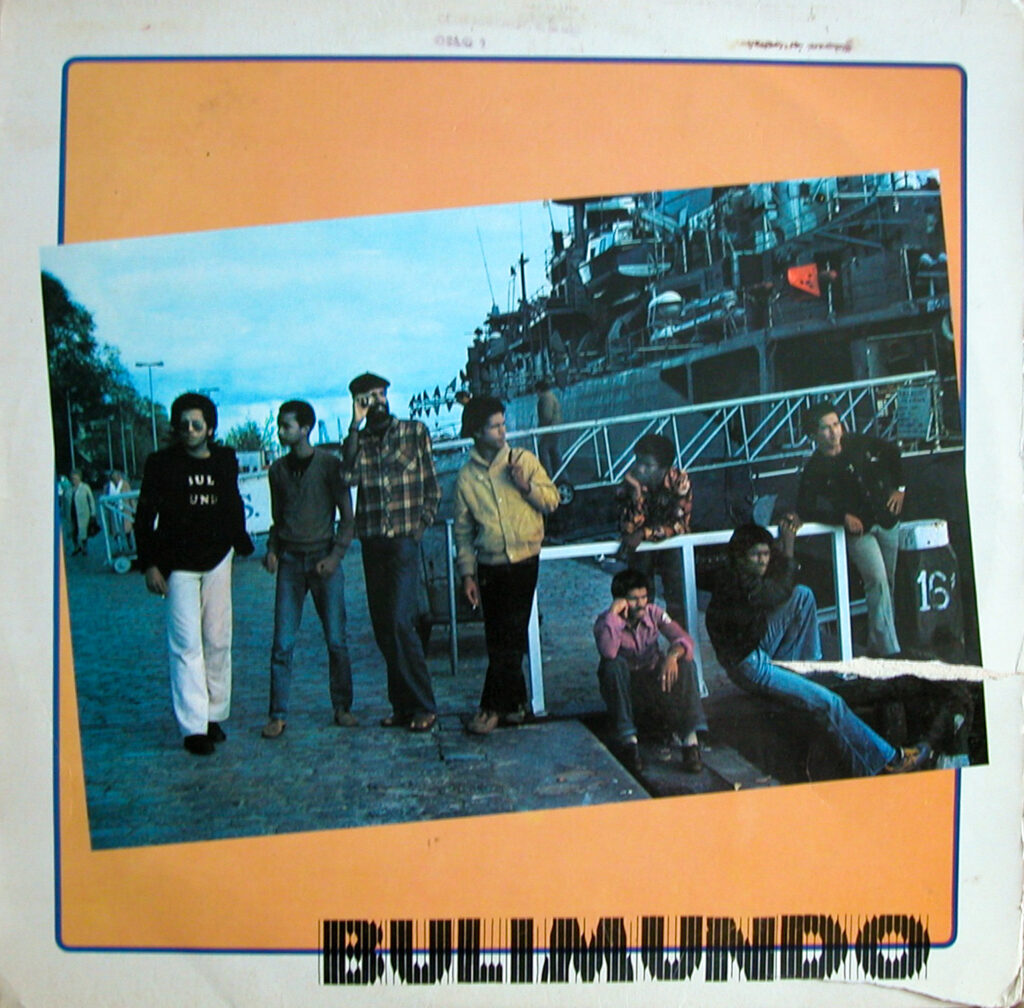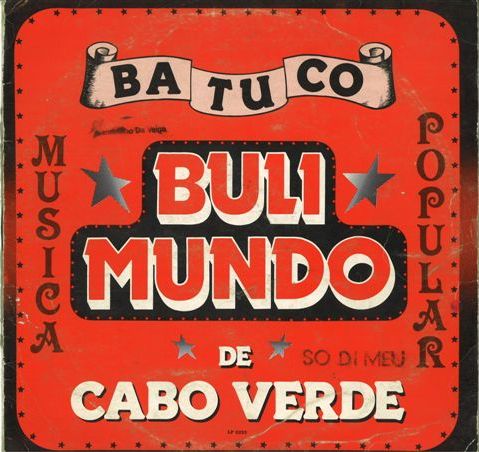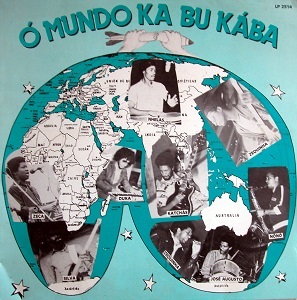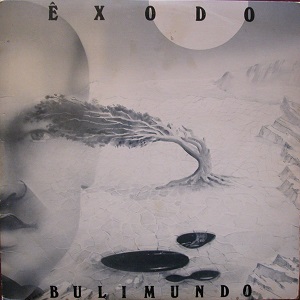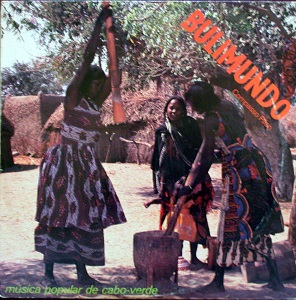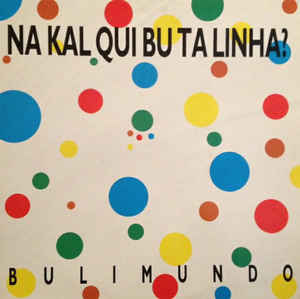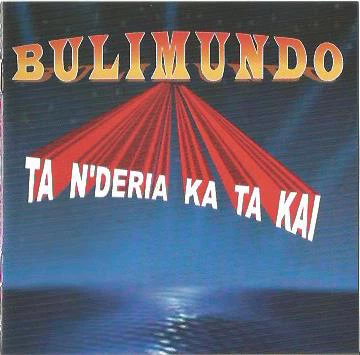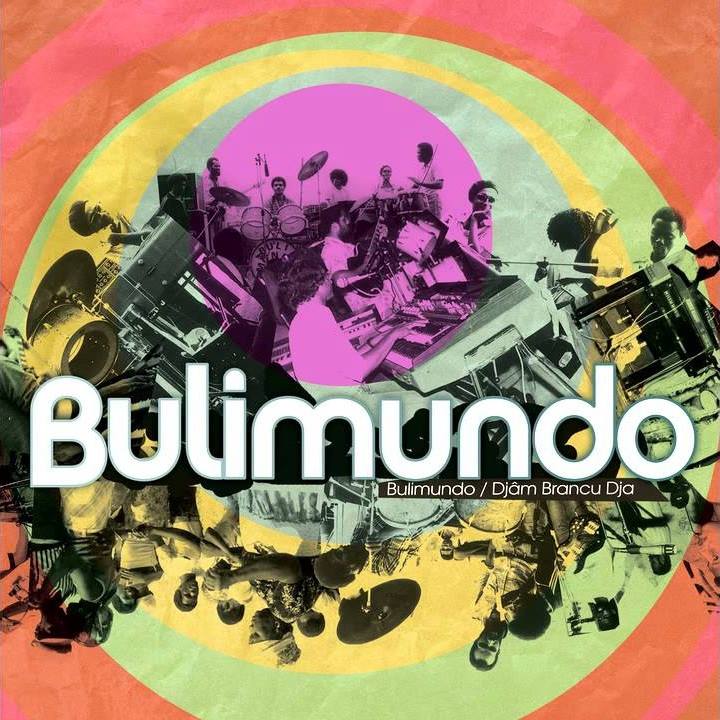Bulimundo
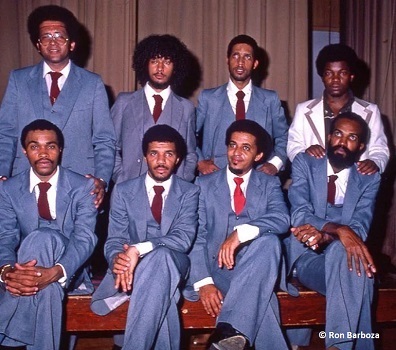
Band, 1978 – Dec 2000; 2016
The band Bulimundo appears to the City of Praia’s public in 1980, as the first in a series of concerts organized at the Cine theater of the capital to celebrate the five years of independence of Cabo Verde. Until then, the band had been performing at dances in the interior of Santiago Island and the peripheral neighborhoods of the capital. They had instant success by presenting funaná played with electric instruments and in a contemporary language.
Funaná is traditionally played with a harmonica (diatonic accordion) and a small iron bar, called ferrinho. It was despised for decades or even unknown by the inhabitants of the urban centers, because it was a song from the peasant world of Santiago Island. Bulimundo took on the mission to carry out efforts to rescue funaná, removing it from the confines of the rural world. It was a real revolution. The musician and journalist Carlos Gonçalves, in an outlook on the Cape Verdean music that accompanies the compilation Cap Vert: Anthologie 1959-1992, considers that this was “the biggest achievement on the evolution process of Cape Verdean music”. The acclamation of funaná reflects the great nationalist feeling in the first years after Cabo Verde independence.
“Funaná did not simply bring the feeling of the peasant, but a way of thinking connected to the land, to our things, what united us…”
Kaká Barbosa, in Cabo Verde & a Música – Dicionário de Personagens
The beginning wasn’t easy. In an interview to Voz di Povo in 1980, Katchás, the founder of Bulimundo, explained that first it was necessary to raise awareness among the band members “because there was a complex (…) we had always been taught that funaná was an inferior genre, played by inferior people, with no culture, no access to music, etc” (Voz di Povo, 03.15.1980).
The first members of Bulimundo, according to Santos who participated only in the initial phase, were the four ex-members of Opus 7, Katchás and Kim de Santiago (guitar), Silva (bass), and Zé Carabedja (tomb). Tony and Djon (keys), Lu di Pala (percussion) and Rui Casimiro (drums) were also part of the group in its early days, but the musicians that participated in the first two LP, Bulimundo and Djam brancu dja, recorded at the same time in Holland but edited in different years, were: Katchás and Zequinha Magra (guitar), the last replacing Santos; Silva (bass); Nonó (sax); Timas (drums); Zé Carabedja (percussion); Patrick (keys); Zeca di Nha Reinalda and Zequinha (vocals), this last replacing Zezé (who left the group right after the festival) and responsible for the koladeras and mornas, while Zeca essentially interpreted the funaná themes.
On the third album, Batuco, Duka replaces Patrick in the keys and Amanhã replaces Zé, in percussion, but ended up being replaced by Nhelas on the following album, Ó mundo ka bu kaba. This is the last record work in which Zeca di Nha Reinalda and Zequinha Magra participate. The following album, Êxodo, reveals new faces in the formation of the band, with Pedrinho de Nha Joana joining the band to reinforce the wind instruments, Nené (guitar), Tey Barbosa (guitar and keys), and Zé Mário as vocalist.
“It will appear place for new creations (music and lyric) from the peasant public or not (…) we will not have funaná music to peasants and morna or coladeira to others anymore”.
Katchás in the newspaper Voz di Povo, 4.23.1981
With five edited albums in four successful years, inspiring a wave of funaná recordings, the band started becoming unstable.
The following album, Compasso Pilon (1984) is the last that Katchás participates in. Pedrinho, Nené, and Timas left, this last one being replaced by Jorge Pimpa and Nené by Óscar Monteiro. They end up leaving too. Katchás quit the band in 1986, leading to a stalemate. “We kept working but Katchás leaving wasn’t like anyone else leaving. We had to do something to fix the situation and reorganize the group in a way that they fit Bulimundo’s objectives”, says Oscar (Cabo Verde & a Música – Dicionário de Personagens, 2016), who becomes the artistic director while Armando Teixeira deals with management.
In 1991, the title Na kal ki bu ta linha?, recorded in the previous year, alluded to the possibility of choice, that the first multiparty legislative elections had brought to the country.
Besides Óscar (guitar), Silva (bass), Nonó (sax, clarinet), Jorge Pimpa (drums, choir), Nhelas (percussion) and vocalists Zequinha and Zé Mário, participated in this recording Zé Lucky (guitar), Papá (trombone) and Calú d’Arquiteto (keys). It is the last project that Silva and Zequinha (José Maria Correia) participated, because Zequinha had died in October of 1997, right before the recording of the following album, Ta n’aderia ma n’ka ta kai, that has an almost fully renewed formation: Óscar and Metchas (guitar); Zé Mário and Ebrantino (vocals), Lobo (drums); Feliciano (bass), Calú (keys), and Nonó (sax), besides instrumentalists for wind instruments hired in Holland (where they recorded). The beginners Suzanna Lubrano and Milena Tavares joined the choir. Casimiro Tavares (trombone) and Zazanu (trumpet), both in the military, join the group after the recording, for a period shorter than two years.
Bulimundo began a new technological phase, in which the arrangements are made on the computer, looking to stay true to the initial purposes of the band, but at the time funaná had taken another turn and had gone back to their roots in a radical way, with Ferro Gaita after 1997 and others that placed importance into harmonica and ferrinho. At that time funaná was no longer a regionalism but a national musical genre, two decades after Katchás projects’ first steps in Pedra Badejo.
Bulimundo continued into the early 2000s with Helder (drums), replacing Lobo; Ulisses Português and Calú on the keys; Lulan replacing Feliciano on the bass; and in the guitars Óscar and Nenê (the last one replacing Metchas). Nonó and Zé Mário stayed, and Raul joined the band as a vocalist. It was a new phase with little activity, they would only get together occasionally.
After more than one decade with no activity, in 2016 the band was reborn. It was a phase in which several musicians joined the band. The oldest members are the vocalists Zeca di Nha Reinalda and Zé Mário (who died in 2023, shortly after leaving the group), the bass player Silva, the keyboard player Duka, and the saxophone player Nonó. Other names of that phase are: Tey Santos and Jorge Pimpa e Lobo as drum players; Manuel de Candinho and Lulan (guitar), Nenê (sax and guitar), Nhelas (percussion), Ibrantino (vocals).
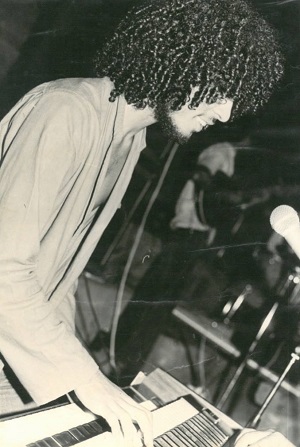
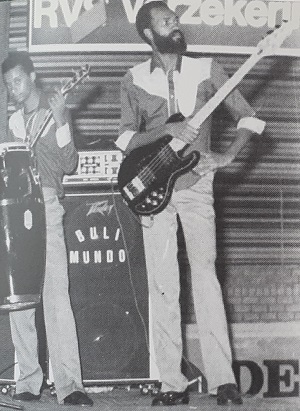
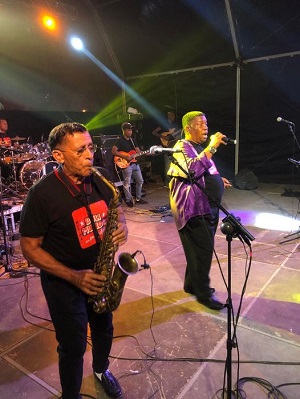
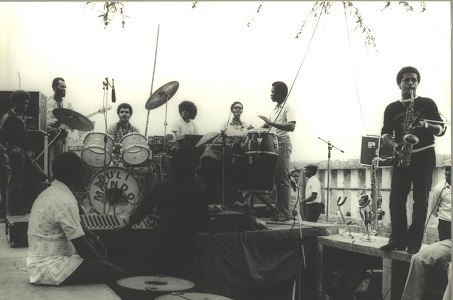
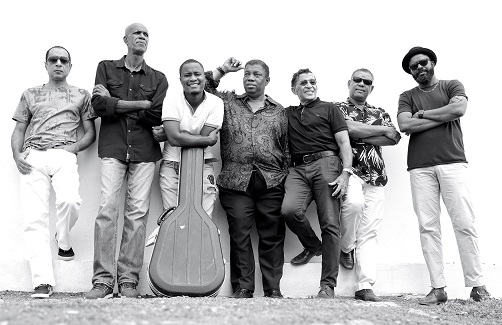
Discography
- Djam brancu dja, LP, Black Power Records, Roterdão, 1980. CD reissue, Sonovox: Funaná Dance vol. 3.
- Bulimundo, LP, Black Power Records, Rotterdam, 1981. CD reissue, Sonovox: Funaná dance Vol. 2.
- Batuco, LP, Black Power Records, Rotterdam, 1982.
- Ó mundo ka bu kába, LP, Black Power Records, Rotterdam, 1982.
- Êxodo, LP, independent edition, Praia, 1983.
- Compasso pilon, LP, independent edition, Praia, 1984.
- Na kal qui bu ta linha?, LP, independent edition, Praia, 1991.
- Ta n’deria ka ta kai, CD, independent edition, Praia, 1997.
- Bulimundo/Djam brancu dja, 2 CD, Lusafrica, Paris, 2013 (reissue of the first two LP).
